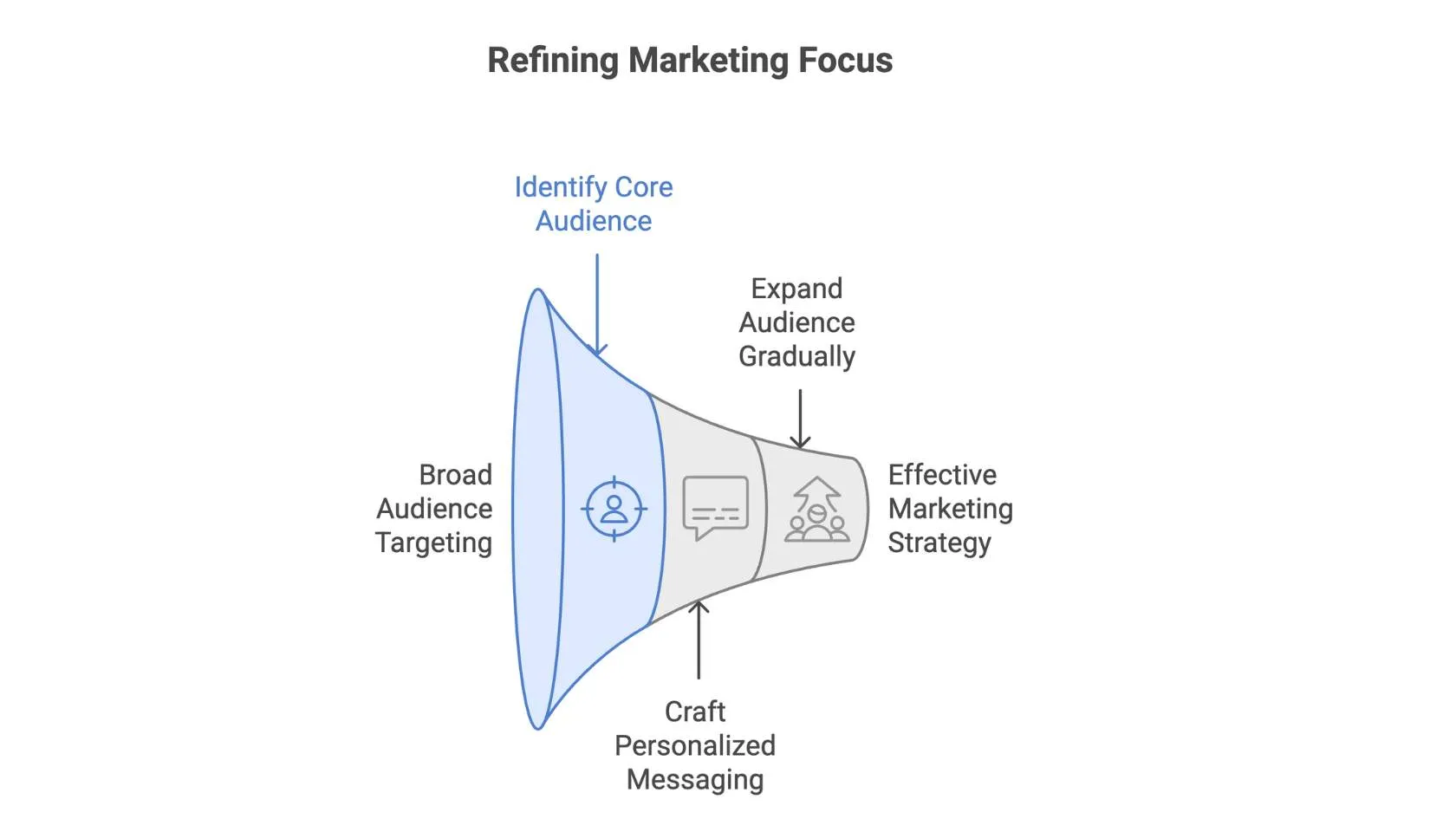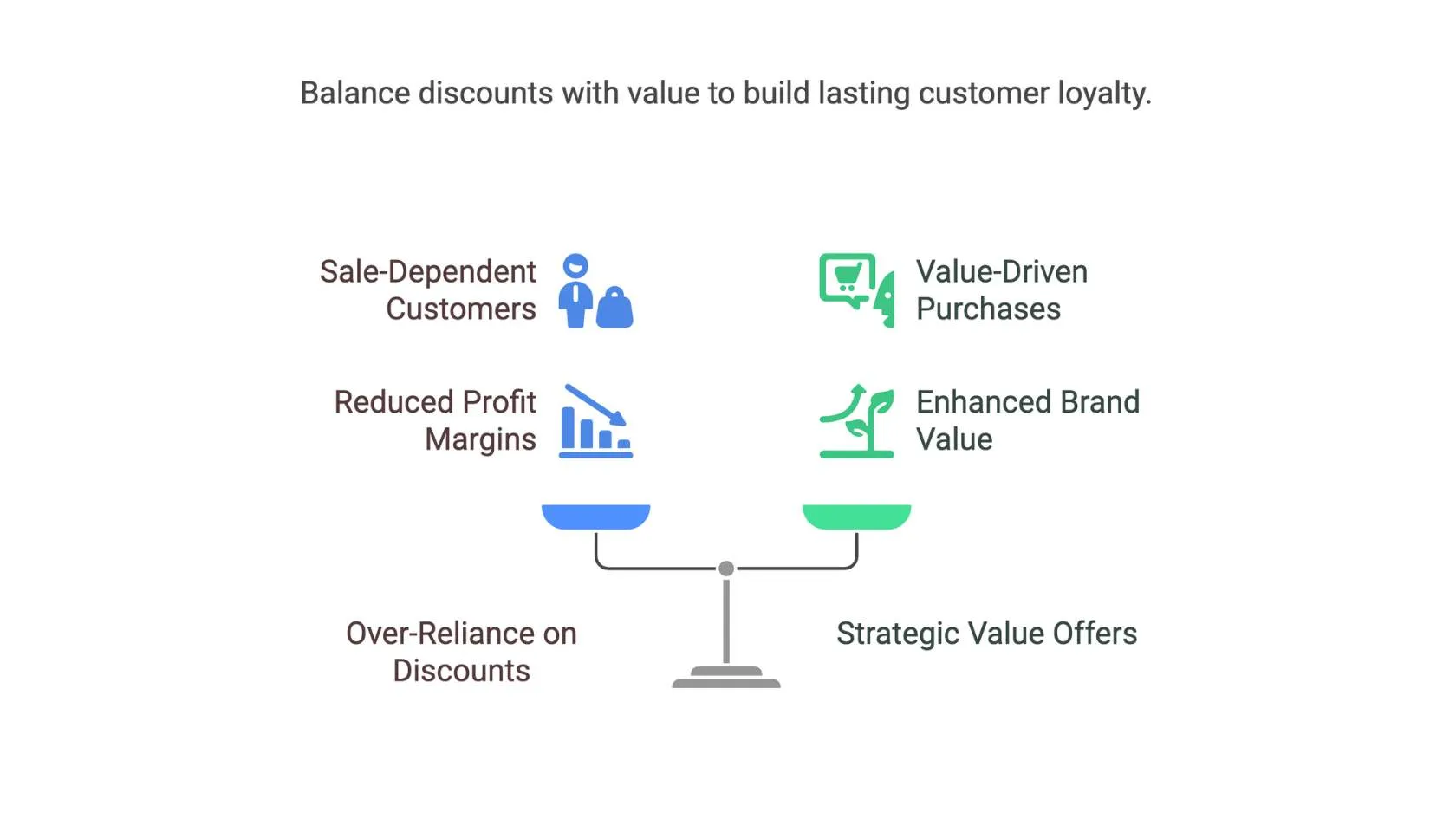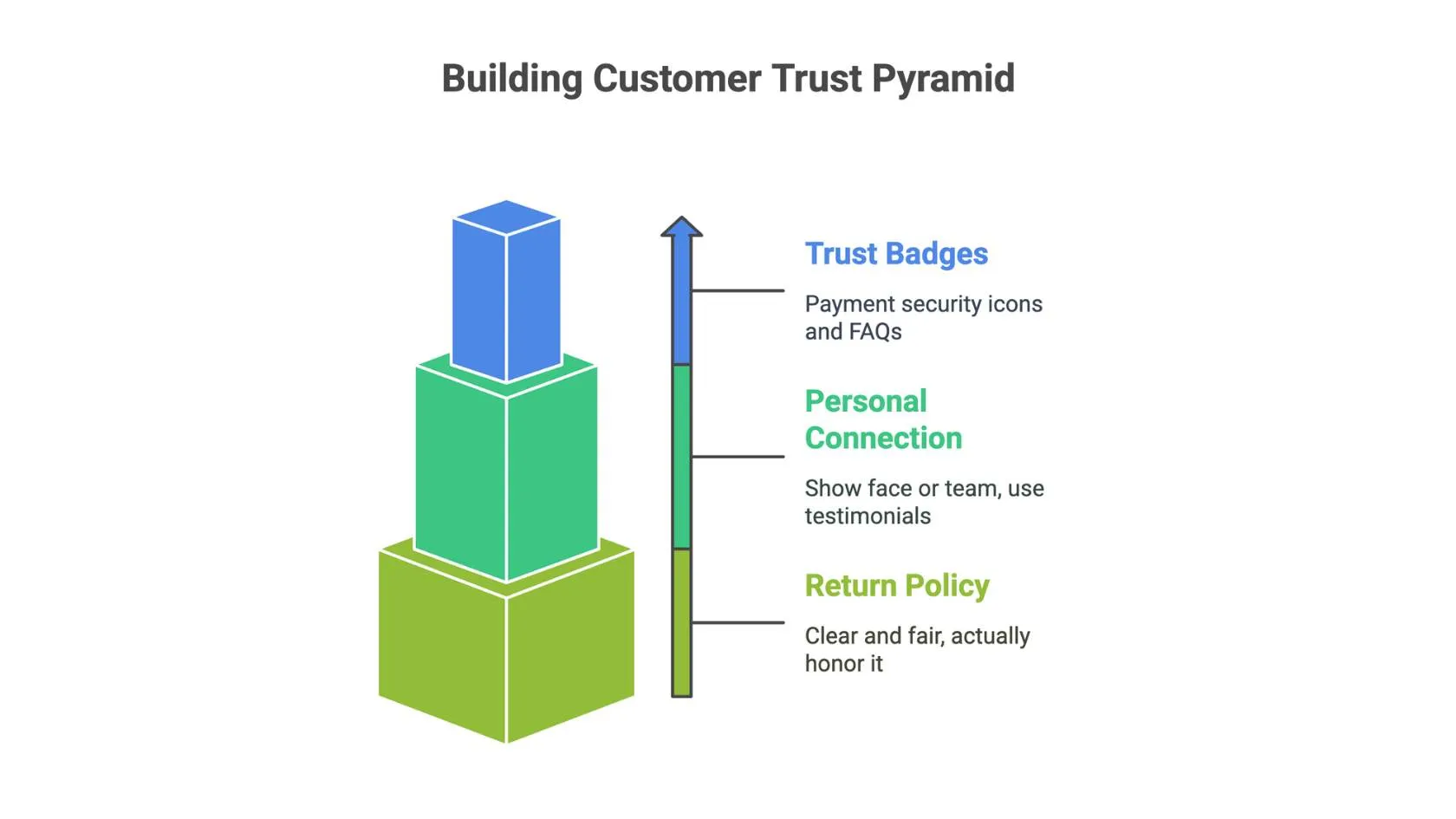Let’s be honest, starting a D2C brand feels like riding a bicycle downhill in a thunderstorm.
You launch. Things move fast. You’re doing Instagram Lives, replying to WhatsApp customers, setting up shipping, learning about Meta Ads at 2am, and refreshing Shopify every 10 minutes. There’s adrenaline. There’s chaos. There’s hope.
But somewhere in all that energy, marketing mistakes creep in. Quietly at first, like a leaky tap. Then, before you know it, they start draining your momentum.
We’ve worked with dozens of D2C brands at CustomFit.ai. Some are scaling beautifully. Others hit a wall by Month 6.
This blog is about those walls, and how to avoid crashing into them.
You start with a clear product. But soon, the urge kicks in: "Let’s also try students… or fitness people… or working moms."
The broader your audience, the weaker your messaging. You end up with a website that says a lot, but resonates with no one.
Fix it:

CustomFit Tip: You can create personalized messaging on your website using audience segments (e.g., different headlines for students vs. working professionals). No need to create multiple landing pages from scratch.
Paid ads feel magical. Put in ₹1, get ₹3 out.
Until you realize you don’t have clear data, your landing pages aren’t optimized, and CAC starts ballooning.
Fix it:
You made a beautiful homepage. But your product page?
It’s… there.
No trust indicators. No clear CTA. No urgency or reviews. No storytelling.
Remember: The product page is where decisions happen.
Fix it:

CustomFit Tip: Use our visual editor to test new product page layouts without needing your developer. Drag, drop, publish.
Someone added to cart. Then life happened. They got a call. Their baby cried. They walked away.
And you? You stayed silent.
Fix it:
You made it. You know how great it is.
But your audience? They’re skimming. Distracted. Uncertain.
They’re not reading your brand story if your first line doesn’t hook them.
Fix it:

What about returning visitors? Repeat customers? People who visited 3 times but didn’t buy?
Most D2C brands don’t treat them any differently.
Fix it:
CustomFit Tip: With audience condition targeting, you can easily show different versions of your site to new vs. returning users. No developer required.
The temptation is real: “Let’s give 30% off and call it a launch.”
But discounts, if done too early or too often, train customers to only buy on sale. It hurts your margins and brand value.
Fix it:

The moment someone buys, most brands move on to the next lead.
But that’s when the real relationship begins.
Fix it:
It’s easy to get stuck in execution mode: launch product, run ad, send email.
But without pausing to analyze, you’re just guessing.
Fix it:

CustomFit Tip: Our dashboard shows you which version of your experiment performed better, so you’re not making decisions in the dark.
If someone’s buying from you for the first time, especially if you’re not a known brand, their biggest question is:
“Can I trust this?”
That’s why site design, reviews, delivery timelines, and returns policies matter so much. One broken trust cue = a lost sale.
Fix it:

First-year mistakes are normal. In fact, they’re expected.
But the brands that survive—and thrive—are the ones that course-correct early.
Here’s the good news: You don’t have to do it all at once.
Start by:
Tools like CustomFit.ai are built for this exact stage—helping small teams make smarter, faster decisions on what to test and improve. No dev time, no delays. Just real experiments, with real results.
Because the truth is, most successful D2C brands don’t explode overnight. They inch forward every week by learning what works and quietly fixing what doesn’t.
That’s how you win year one.